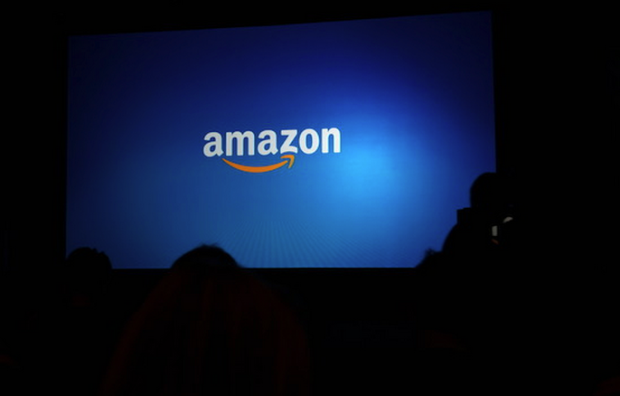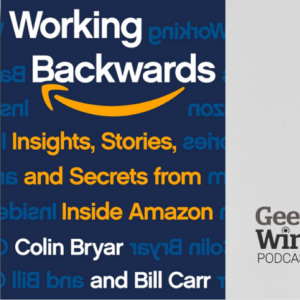
Amazon informed its corporate and tech employees about a major change in their pay structure Monday morning.
The company raised the cap for its base pay to $350,000 as part of its larger package of stock and cash compensation for corporate and tech employees. The maximum base pay has long been $160,000. The move has implications not only for Amazon employees but for the broader tech industry.
Garry Straker, senior compensation consultant at salary.com, spoke with GeekWire about the Amazon news, the implications for the tech giant and other companies, and the broader trends upending the world of compensation.
Continue reading for highlights from Straker’s comments, edited for clarity and length, and listen to the full conversation on the GeekWire Podcast below.
Q: What did you make of the Amazon announcement?
Garry Straker: I suspect that there’s probably a lot of internal pressure to reward their top performers. It doesn’t appear to me that they’re just raising the top end with the intent of moving everyone there. I suspect that they’re going to use that higher wage scale to retain some of their top performers who have a history of a high performance and, hopefully, a performance that has been documented, in order to keep that key talent pool from looking elsewhere.
When a company like Amazon makes a change like this, to what extent do other employers pay attention?
You can’t help but pay attention to it. I think organizations will certainly have to be aware of what’s going on at Amazon and look to try to find ways to differentiate themselves from Amazon in terms of their overall value proposition and what they have to offer as an alternative. Money’s important, but it’s not everything.
What would be your advice to other employers looking at this Amazon news?
My advice is not to take a knee-jerk reaction to this. Wait and see how it all plays out. The labor market could change pretty rapidly in the next six months. But I think the key for a lot of organizations is making sure that their compensation programs are sustainable. They’ve got to find a way to develop sustainable programs and find a right balance between competing in the market today, but also making sure that they’re around to compete in the future.
What’s sustainable for Amazon may not be sustainable for other companies, if you look at the cash machine of Amazon Web Services and the company’s ability to fund something like this.
It is incredible, isn’t it? But they’re still answerable to shareholders. So at some point, something has to give.
Is there a risk when a company like Amazon starts giving out big salary increases that it will reduce pay equity inside an organization?
Yes. When some segment of the population starts getting significant bumps in salary, which may be based on performance, it’s really important that the messaging around that and the communications around that is consistent and that the reason for the big bump is well-documented and understood. … If you are in an environment where big bumps in salary are given to a segment of the population without any clear understanding of how and why that happened, that will raise eyebrows, and that will cause some concerns around internal equity.
Why is it so much tougher for companies to attract and retain high-quality employees right now?
It feels like the perfect storm. Employee expectations have changed pretty dramatically given what we’ve been through in the last two years. It does seem that employees are particularly emboldened nowadays to really push the envelope. Maybe the grass is greener on the other side, but certainly, we know that employees who change jobs are seeing salary increases significantly higher than those who stay in their current roles.





